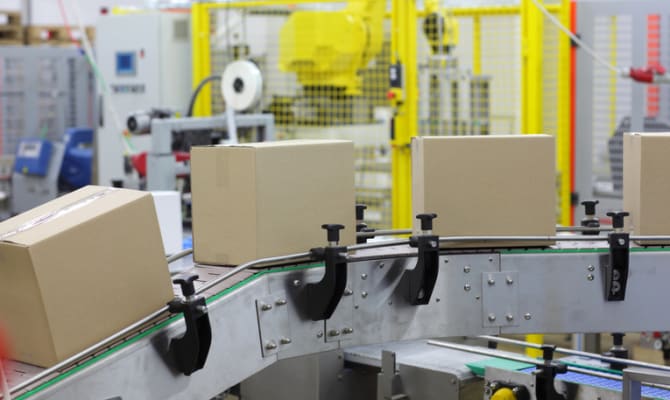Breach of Health & Safety at Work Act leads to £600k fine for Textile Company

Handling large machinery always comes with associated risks and it can be impossible to pinpoint the injury rate for a particular type of machine.
When using heavy equipment, like a packaging machine, it is imperative to put a formalised safe system of work in place and to train workers appropriately. Daily safety checks and routine hygienic cleaning ensure that staff are not at risk of injury.
A recent case which highlights the importance of these safety checks, and, conducting thorough training for workers, comes from Wakefield-based textile company, W E Rawson Limited.
In 2014, a 50-year-old employee was fatality injured when he spotted a package jammed in the machine then in an attempt to free the obstruction, he leant into the machine and became trapped between the upper and lower conveyor. The worker unfortunately suffered severe crush injuries and was sent to the hospital where he passed away.
The Health and Safety Executive carried out an investigation and found that W E Rawson failed to take the appropriate measures to prevent access to the danger zone between the moving conveyors. What’s more, it found there was no safe system of work in place for the removal of trapped packages in machinery meaning the incident could have been avoided if the company had conducted appropriate health and safety training and checks.
The company pleaded guilty at Leeds Magistrates Court to breaching Section 2(1) of the Health and Safety at Work Act 1974 which states that it is the duty of employers to ensure the health, safety and welfare at work of all employees. This resulted in a fine of £600,000 for the company and it was also ordered to pay more than £20,000 in costs for safety breaches.
Employers must properly assess and apply effective safety measures to minimize the risk of injury from dangerous parts of machinery. This fatality could have been prevented if the risk had been identified and the worker had been properly trained.